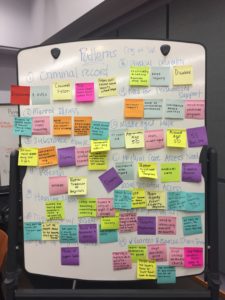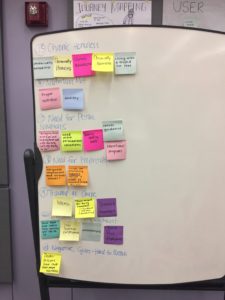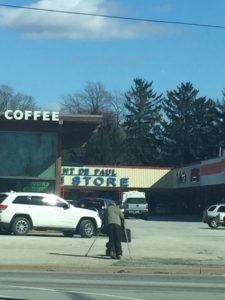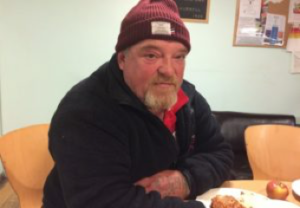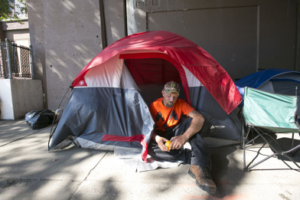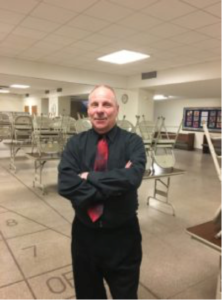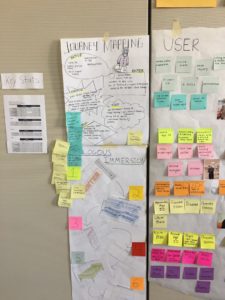Date of Immersion: 3/2/17
Type: Analogous Immeresion
Participants: Amanda Berusch, Sarah Reihl, Matthew McCormick, Paul Cepak, Yuwei Tu, and Parker Mathes
Event: Homeless System Simulation
Event Description: The Homeless System Simulation was created by the National Alliance to End Homelessness in order to better understand the issue of homelessness. Using the tools of the game/simulation, players are able to understand the public assistance system. Throughout the game marbles are placed into different services and the point is to have the smallest score. At the end, points are added when beads are left in the unsheltered homelessness and emergency housing categories, and points are subtracted when beads are left in the market housing, rapid rehousing, and permanent supportive housing categories.
Key Takeaways:
Funding for Public Assistance
By playing the game, we realized the limitation of government funded assistance programs and resources. Since there is only a certain amount of marbles, only so much can be placed into the most important resources. Although permanent supportive is one of the most important resources to reduce homelessness, other services such as emergency shelters and outreach are necessary to keep those who still struggle with homelessness safe. Therefore, we knew that we wanted to increase the number of marbles in permanent housing and rapid re-housing, but the ability to increase this type of housing would mean there would be less emergency shelters and transitional housing. We would like to decrease the funding for the latter, but that is contingent on the homeless population’s willingness to use other public resources such as counseling to permanently get out of their situation.
We were able to conclude that public assistance is very dependent on the resources made available by the local government. For example, if the city of South Bend pushes the publicly funded counseling and welfare services, the homeless population may be more likely to take advantage of them and be in a better position to qualify for permanent housing. If more homeless people qualify for more permanent housing, then the city can put more money towards these resources than emergency shelters.
